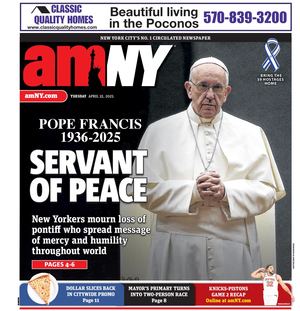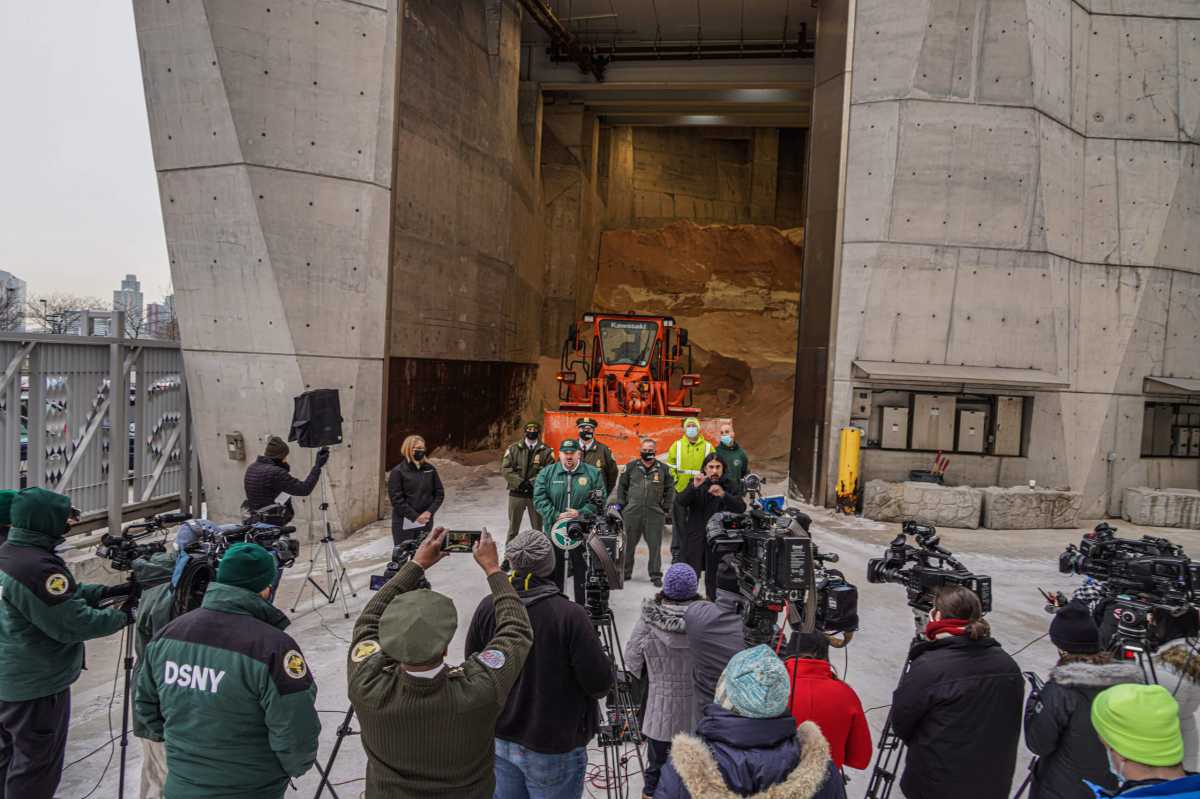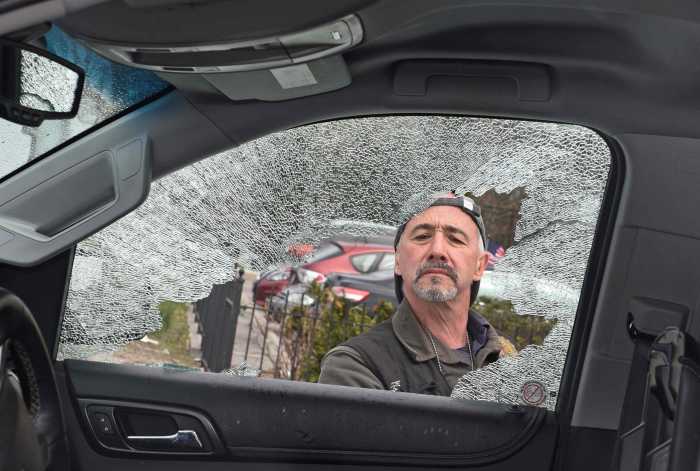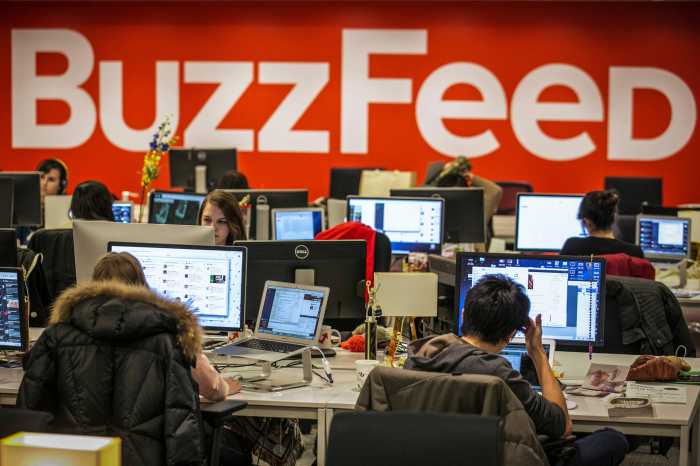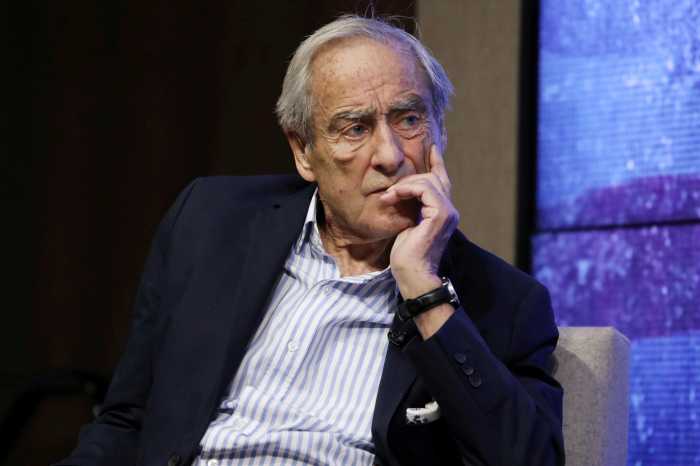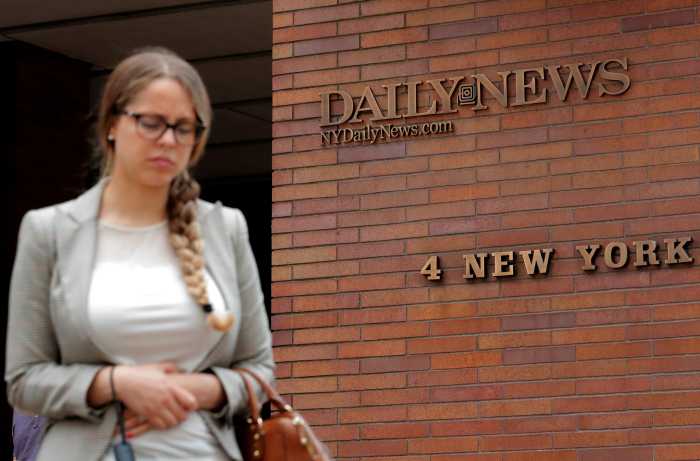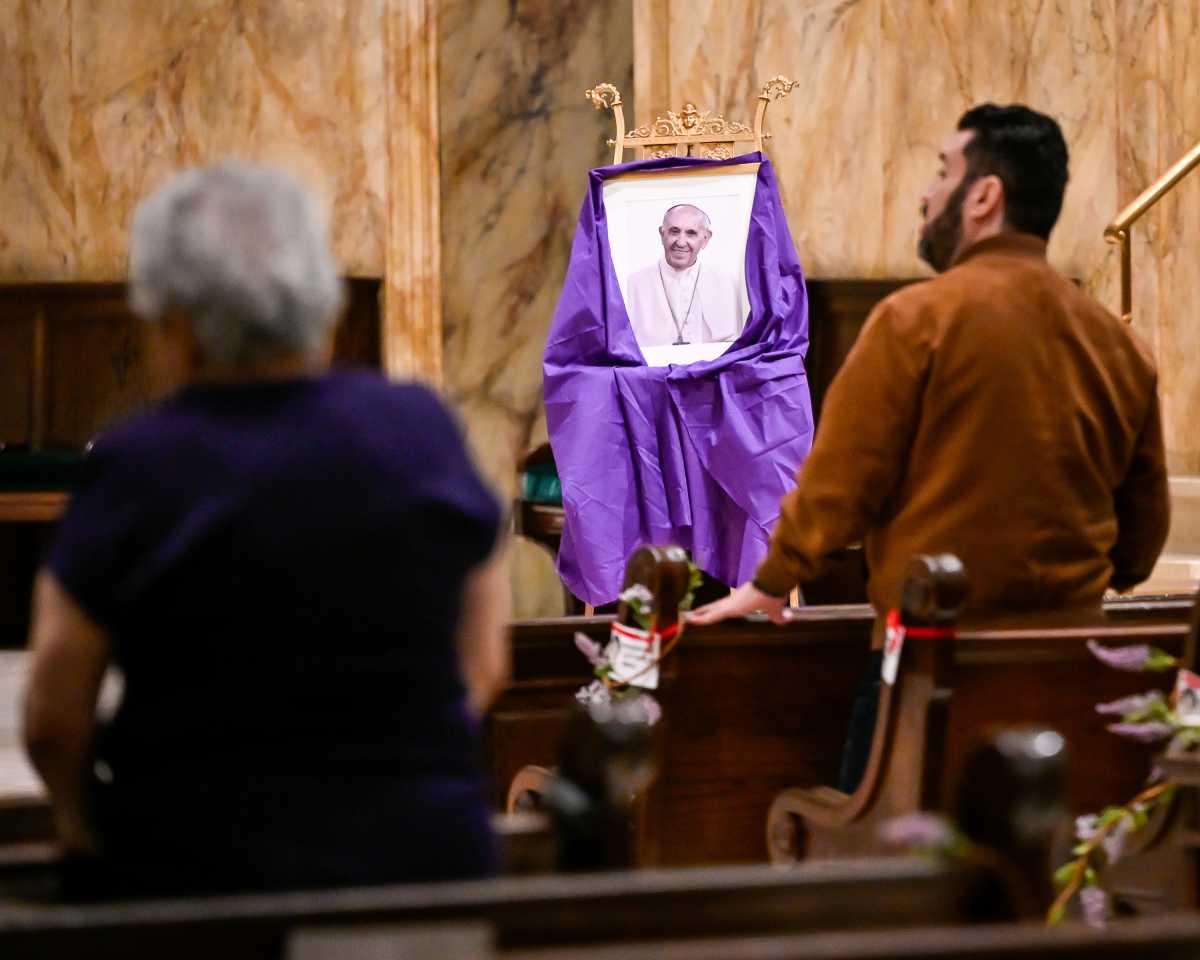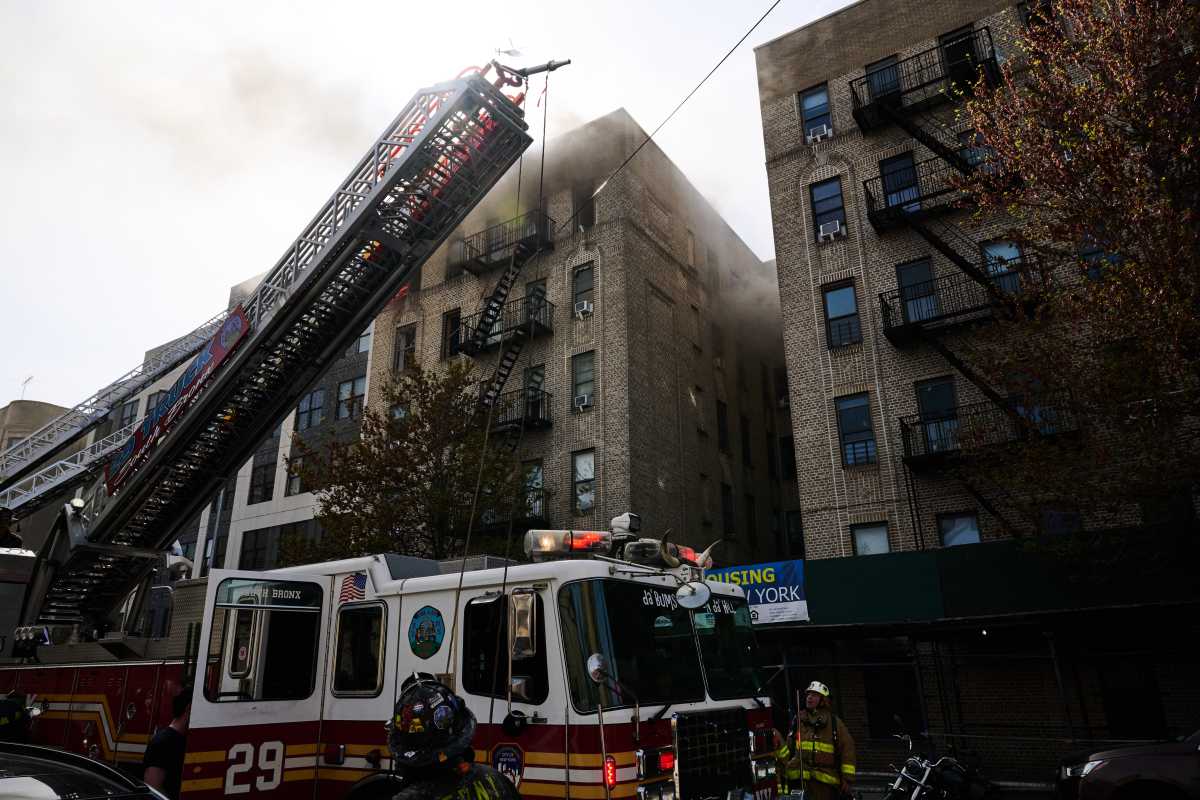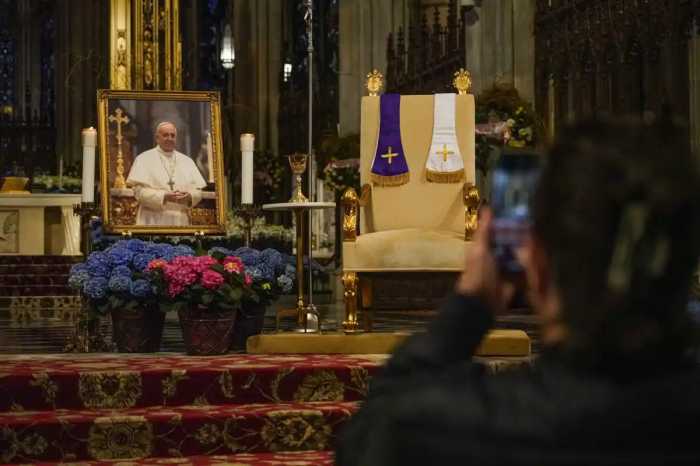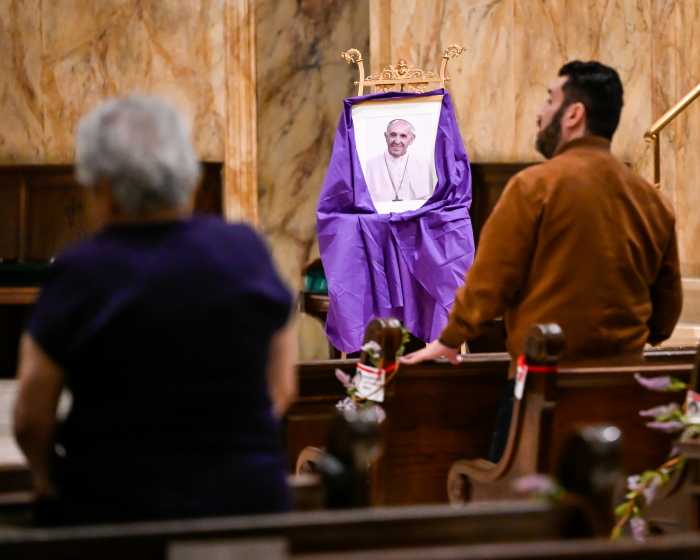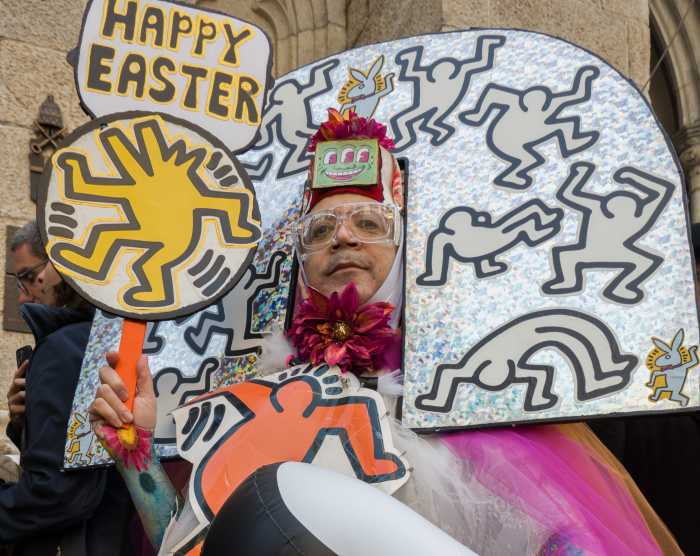As New York emerges from the ashes of a global pandemic, many will spend some time looking back at how the vaccine dispersal was handled, and who exactly was deemed “essential.”
On March 29, Public Advocate Jumaane Williams called for journalists to finally be able to get vaccinated in an open letter to Governor Andrew Cuomo—hours before the governor announced that all adults will be eligible for the shot on April 6.
Like many other essential workers, journalists have been on the frontlines throughout the course of the pandemic—following news in areas ravaged by COVID-19, visiting hospitals, and marching alongside protesters.
Yet after the COVID-19 vaccine finally arrived last December, reporters were no longer considered essential workers. They were ineligible for the lifesaving shot even after eligibility opened up in the weeks that followed — unless, of course, they met the criteria for getting them, such as having pre-existing health conditions.
Finally, on April 6, all journalists, regardless of age or condition, will be able to get the shots — along with every other New Yorker. The army of news reporters, photojournalists, television camera crews and radio correspondents who put themselves at risk of illness to deliver vital information to the public throughout this pandemic were left at the back of the line.
Some elected officials attempted to do their part, reminding government that journalists have been on the front lines bringing news to the masses. Williams called the fact that journalists were still ineligible to receive the COVID-19 vaccine “inexplicable” in a tweet on Monday afternoon.
Moreover, he used the social media platform to reveal an open letter to the governor which requested journalists to be made eligible as soon as possible. This letter in Williams’ tweet was first drafted, signed, and sent by public information officers—including William Gerlich, the Pubic Advocate’s Director of Communications and others who represent a wide range of city agencies. But despite the effort, it came too little, too late.
“Throughout the pandemic, journalists have been working diligently, going into communities to speak directly with New Yorkers, telling their vital stories and conveying essential information. They’ve connected us to the facts and to each other, often risking their own health to do so. They should have been specifically designated for vaccine eligibility by now,” Williams told amNewYork Metro.
The announcement that all of age New Yorkers will be offered the chance for a safer future for themselves, their loved ones, and the greater public in general cannot be understated.
Yet what does it say about how journalists are viewed in today’s society that we were not given eligibility earlier? What does it say about an industry considered essential at the start of the pandemic but left at the back of the line by the end of it?
Journalism has taken a beating in America in recent years in so many ways. The former president’s endless barrage of lies and attacks upon the industry fomented public distrust and sparked unprovoked attacks on reporters.
While covering the Black Lives Matter protests during the summer of 2020, photojournalists were threatened, beaten, arrested, and had their press passes revoked at a record rate by the NYPD. Even some of the protesters lashed out at them.
Now that the final stages of the vaccine rollout are underway, it will forever be on record that journalists in New York were overlooked. The only question left is this: What does it say for the current state of the industry in America, and how the individuals within the field are viewed by those on the outside?
